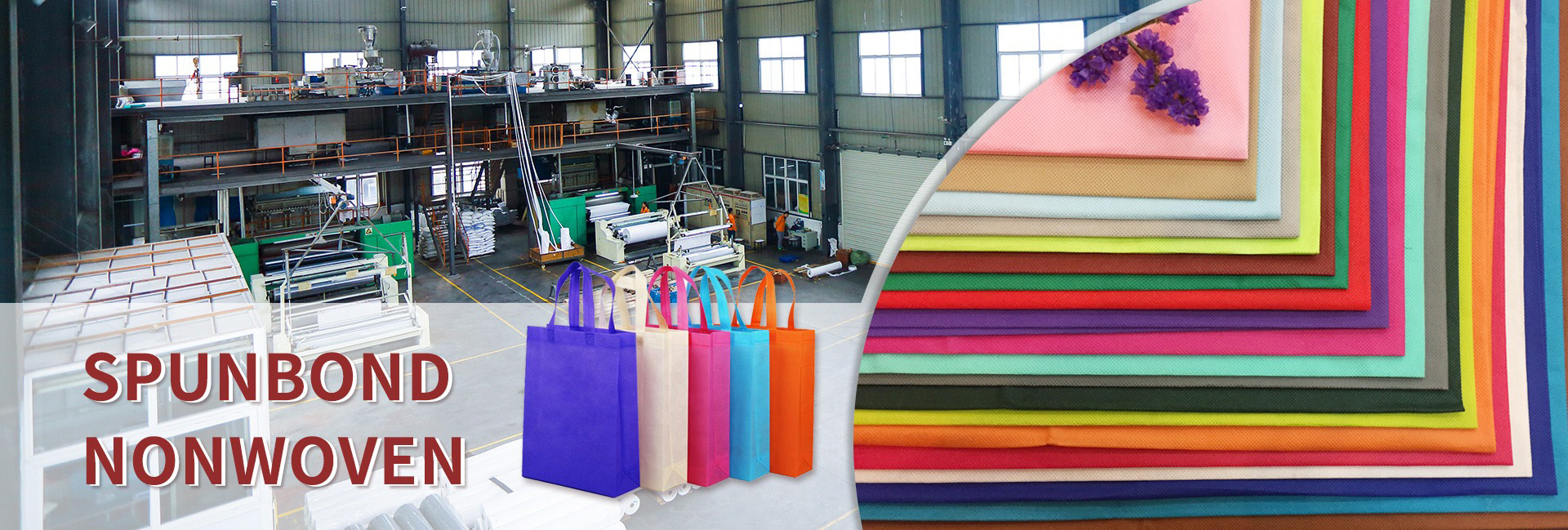
Products
SS hydrophilic non woven fabric materials
Advanced hydrophilic treatments combined with non-woven technology create a surprising hydrophilic SS non-woven materials. It is crucial to examine these materials’ composition, production method, and distinctive qualities in order to fully appreciate their significance.
The Significance of hydrophilic fabric
There is an unquestionable need for materials with outstanding moisture management qualities in a variety of industries, including hygiene and healthcare. Whether it’s in athletics, personal care items, or medical wound dressings, the capacity to swiftly absorb and wick away moisture is essential for comfort, functionality, and overall user experience. These high standards are met by the engineering of hydrophilic SS non-woven fabrics.
Manufacturing process of hydrophilic non woven fabric materials
The majority of synthetic polymers used to make hydrophilic non woven fabric materials are polypropylene. The use of hydrophilic chemicals throughout the production process is what sets them apart. The fabric’s surface characteristics are altered by these chemicals, giving it an intrinsic water-attractiveness.
A careful procedure is followed in the creation of hydrophilic SS non-woven materials:
1. Spinning: To create continuous filaments or fibers, synthetic polymer pellets—typically polypropylene—are melted and extruded.
2. Hydrophilic Treatment: Hydrophilic additives are added to the polymer melt during the fiber production stage. The ingredients uniformly distribute throughout the filaments.
3. Spunbonding: A loose web of fibers is formed by laying the treated filaments down on a screen or conveyor belt.
4. Bonding: To create a cohesive and long-lasting fabric, the loose web is subsequently glued together using mechanical, thermal, or chemical techniques.
5. Final Treatment: To improve its ability to drain away moisture, the completed cloth may get further hydrophilic treatments.
As a result, a non-woven fabric that is perfect for a variety of applications is produced with a surface that easily attracts and absorbs moisture.
The characteristic of hydrophilic non woven fabric materials
1. Sustainability:
The development of sustainable alternatives that reduce the environmental impact of hydrophilic materials is a growing priority.
2. Advanced Moisture Management:
Ongoing research aims to improve the moisture-wicking capabilities of hydrophilic materials, especially in applications where rapid absorption is critical.
3. Regulatory Updates:
As industry standards evolve, suppliers like Yizhou must stay vigilant to ensure compliance with changing regulations.
SS hydrophilic non woven fabric materials are a ground-breaking development in moisture management technology that give businesses a strong tool to improve hygienic practices, performance, and comfort. Their outstanding absorbency capabilities, distinct composition, and manufacturing technique render them indispensable in a range of applications, spanning from personal care to healthcare and beyond.










